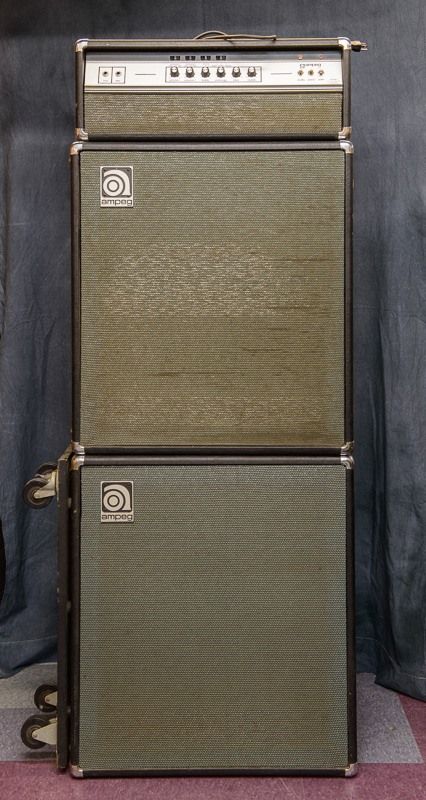-
The loudest acoustic archtop I have is my 1958 Hofner Senator. It's bright and brash. Not a particularly refined sound- it's like a carved top archtop crossed with a Macaferri in tone. Great for gypsy jazz, very nice for swing rhythm guitar too.
My Gretsch G400 Synchromatic doesn't sound as loud (to the player) as the Hofner, but it appears to be louder from out the front according to what I've been told. It's fuller, deeper sound, but a bit less 'in your face' than the Hofner.
From what I've read and been told by other musicians, some of the best (also loudest) archtops are the old Epiphones, ie. the Broadway, Deluxe, Emperor.
-
01-05-2015 09:54 PM
-
Now that I think about it, the loudest players I've ever heard were flamenco guys on nylon string instruments. I had the privilege to see Paco De Lucia live a few years ago, and he filled up a concert hall without a mic or anything while he was warming up.
-
you very correct ...i not so long ago went to watch a classical guitarist and he too played in at least a 200 to possibly 300 seater auditorium , yes with an acoustic screen behind him ...but totally unplugged and we heard him fine and the auditorium was full house ...however when half way through the show he did some pieces with a string quartet he was sadly drowned out to being barely audible.....
 Originally Posted by ecj
Originally Posted by ecj
 how a violin with such a small shallow body can project so well is astounding
how a violin with such a small shallow body can project so well is astounding
-
I've read that too about Epiphones, and, also, that the old Stromberg's were the loudest archtops.
 Originally Posted by entresz
Originally Posted by entresz
-
So when you think of flamenco guitars, archtop guitars, manouche guitars, and violins... what's different between those and a deep bodied dreadnought flattop... or a lush, warm classical guitar?
More attack, less sustain.
Sustain and projection would appear to be conflicting properties. The more and longer the instrument resonates internally (sustain), the less it "throws" the sound outward toward the surrounding space, and - hopefully - an audience. Or put conversely, the more sound the instrument projects, the less energy remains to allow self-resonance to persist.
However, sustain is obviously a pleasant property for the soloist, as it enables him to employ more dynamic phrasing and other expressive nuances. Loudness, then, is not a be-all-end-all most of the time.
-
-
A properly set up acoustic archtop is pretty loud. One big thing is to keep from touching the back of the guitar with your body, because that ends up muting it.
-
Such an important point. Archtops in general are often played using straps in a standing position which kills a great deal of the acoustic volume.
 Originally Posted by campusfive
Originally Posted by campusfive
I've often heard that the top of the guitar is the most import and tone generator in the instrument's construction, which is true, but the underlying message is sometimes taken to be the back is unimportant. I find the back of the guitar to be vital to both projection and tone production.
I remember a while back when I read a post defending the practice of dampening the back of the guitar because supposedly Andres Segovia had done so. After much research, I came across no evidence to suggest that Segovia had actually compromised his tone in such a way.
-
Sometimes it also has to do with the player as well as the guitar.
When I went to pick up my 1935 D'Angelico from a fret polishing by Roger Borys, we decided to meet at a club in NYC where Bucky Pizzarelli was playing with Jack Wilkins.
I got there late, but Roger showed my guitar to Bucky, and he said when Bucky played it acoustically (it doesn't have a pick-up on it), you could hear it clearly from anywhere in the club.
That's definitely not the case when I play it!
-
My Martin 00015s
For what could be considered a Martin budget model - it's a real belter.




 Reply With Quote
Reply With Quote





Why do songbook melodies from the 40s sound so...
Today, 02:28 AM in The Songs